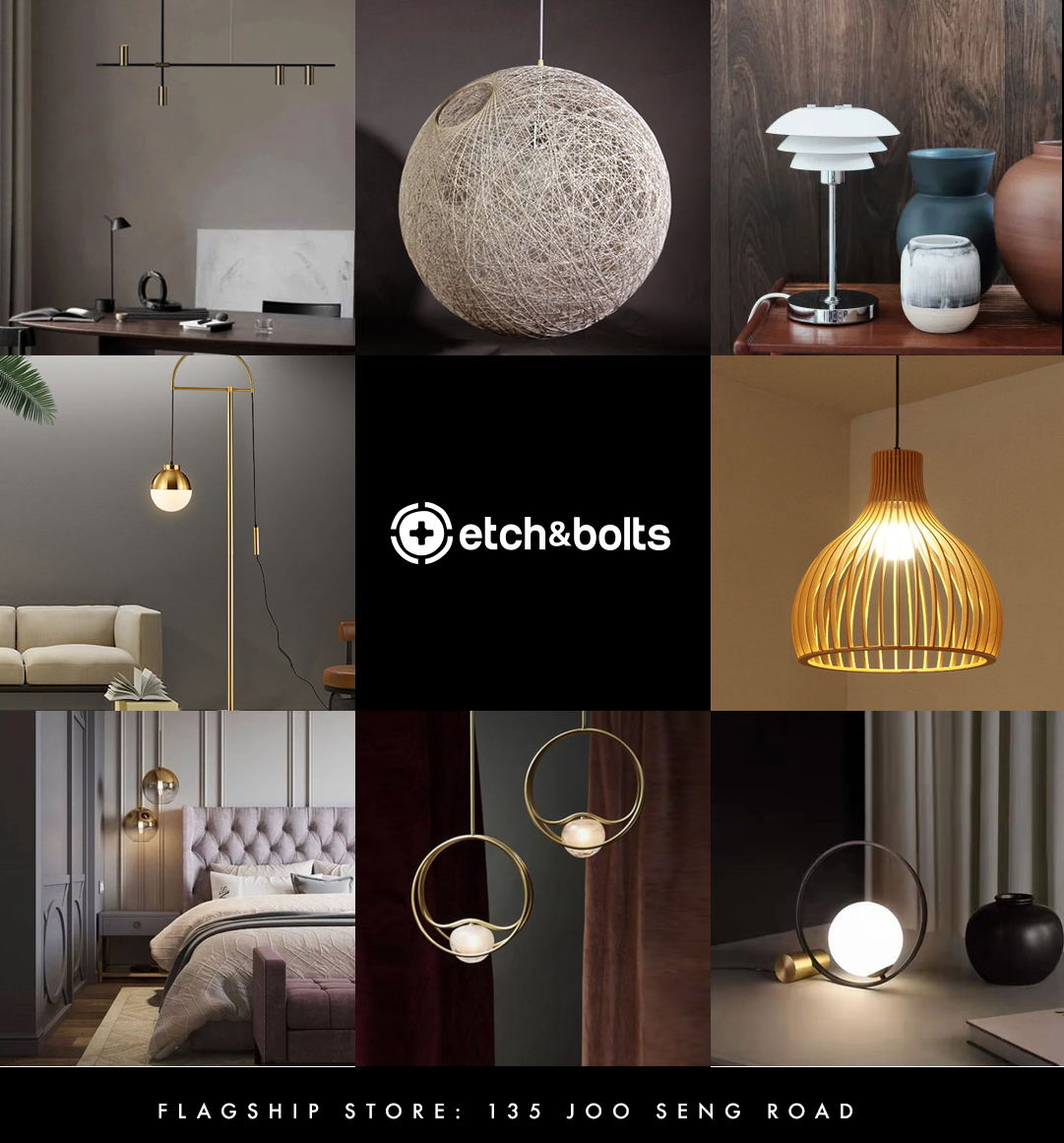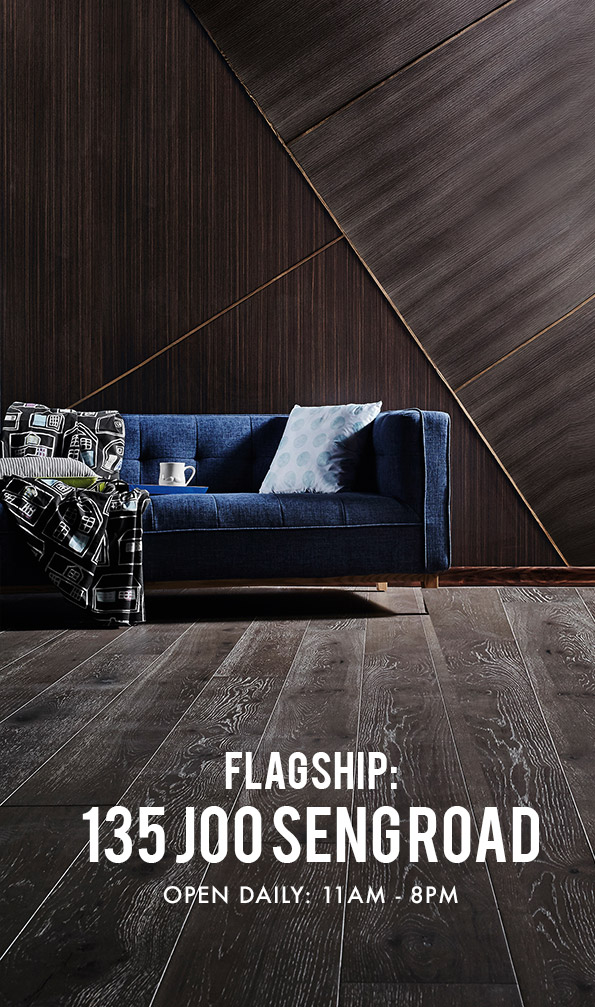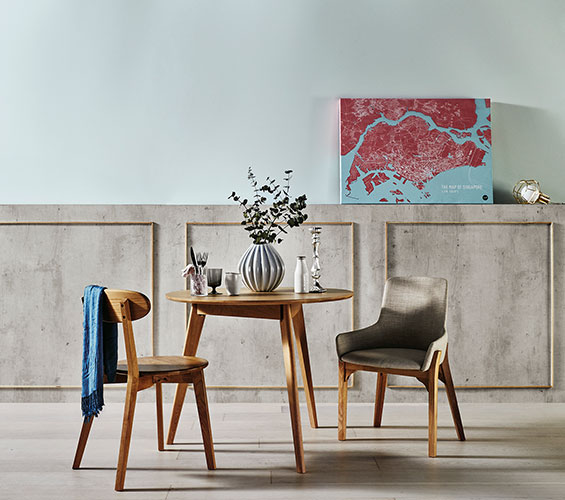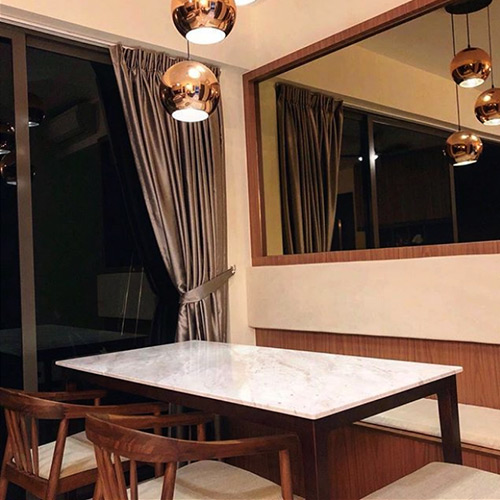Guide To Lighting Up Your Home in Singapore

Lighting plays a crucial role in setting the mood and atmosphere of any living space. In a bustling city like Singapore, where space is often limited, the right lighting can make a significant difference in enhancing the look and feel of a home. Our goal is to offer useful information on the different lighting options in Singapore to homeowners and interior design enthusiasts. We will discuss ambient, task, and accent lighting, and examine the pros and cons of each type. Additionally, we will explore how these lighting styles affect different areas of the home and provide practical tips on how to incorporate them into your living space.
Ambient Lighting: Setting the Foundation
Ambient lighting, also known as general lighting, provides uniform illumination throughout a room and serves as the foundation for all other lighting types. This type of lighting is essential for creating a comfortable and inviting atmosphere, allowing occupants to move around safely and perform everyday tasks with ease. Examples of ambient lighting fixtures include ceiling-mounted lights, recessed downlights, and floor lamps.
Advantages
- Creates a consistent level of brightness across the entire room
- Enhances the sense of spaciousness and openness
- Allows for easy navigation and movement within the space
Disadvantages
- May not be sufficient for specific tasks that require focused lighting
- Can contribute to higher energy consumption if not designed efficiently
One example of a Singaporean home that has effectively utilized ambient lighting is a modern apartment in Tampines, where a combination of ceiling and wall-mounted lights creates a warm and welcoming atmosphere, while also emphasizing the high ceilings and open-plan layout.
Task Lighting: Function Meets Style
Task lighting is designed to provide focused illumination for specific tasks or activities, such as reading, cooking, or working at a desk. This type of lighting can be both functional and stylish, adding an extra layer of depth and interest to a room. Examples of task lighting include desk lamps, under-cabinet lights, and pendant lights above kitchen islands.
Advantages
- Provides targeted illumination for specific tasks, reducing eye strain and increasing productivity
- Can be used as a decorative element to enhance the overall design of a room
Disadvantages
- May create glare or shadows if not positioned correctly
- Can contribute to visual clutter if overused or poorly integrated into the overall design
A case study showcasing the transformation of a living area using efficient task lighting is a renovated condominium in Punggol. The addition of sleek, adjustable floor lamps next to the sofa and pendant lights above the dining table not only improved the functionality of the space but also added a touch of sophistication to the overall design.
Accent Lighting: Highlighting the Details
Accent lighting is used to draw attention to specific features or objects within a room, such as artwork, architectural details, or a statement piece of furniture. This type of lighting adds depth and drama to a space, creating a focal point and enhancing the overall aesthetic. Examples of accent lighting include wall sconces, track lights, and spotlights.
Advantages
- Draws attention to specific features or objects, adding visual interest and depth to a room
- Can create a sense of drama and sophistication
Disadvantages
- May not provide sufficient illumination for general use or specific tasks
- Can be challenging to integrate seamlessly into the overall design
A prime example of accent lighting in action can be seen in a luxurious landed property in Bukit Timah, where carefully placed spotlights and wall sconces highlight the intricate detailing of the custom-designed feature wall and cabinetry, adding a sense of grandeur and opulence to the space.
Integrating Different Types of Lighting
To create a well-balanced and visually appealing lighting scheme, it is essential to consider the function, style, and mood you want to achieve in each room. Here are some practical tips to help you integrate the different types of lighting:
- Start with ambient lighting to establish a comfortable baseline of illumination.
- Layer in task lighting for areas that require focused light, such as workstations, reading nooks, and kitchen counters.
- Add accent lighting to highlight specific features or objects, creating focal points and adding depth to the space.
- Consider using dimmer switches or smart lighting systems to allow for greater flexibility and control over the lighting levels.
- Experiment with different styles, materials, and finishes to create a cohesive and visually engaging design.
In conclusion, the right lighting is essential for creating a comfortable, functional, and stylish home in Singapore. By understanding the different types of lighting available and their respective advantages and disadvantages, homeowners and interior design enthusiasts can make informed decisions when decorating their living spaces, resulting in well-lit, inviting, and visually appealing homes that truly shine.



